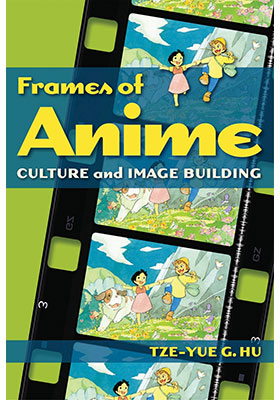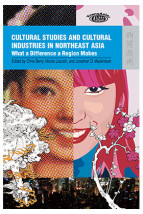Frames of Anime
Culture and Image-Building
(動畫創作框架:文化與圖像建設)
ISBN : 978-962-209-097-2
April 2010
254 pages, 6″ x 9″, 26 b&w illus.
Ebooks
Japanese anime has long fascinated the world, and its mythical heroes and dazzling colors increasingly influence popular culture genres in the West. Tze-yue G. Hu analyzes the “language-medium” of this remarkable expressive platform and its many socio-cultural dimensions from a distinctly Asian frame of reference, tracing its layers of concentric radiation from Japan throughout Asia. Her work, rooted in archival investigations, interviews with animators and producers in Japan as well as other Asian animation studios, and interdisciplinary research in linguistics and performance theory, shows how dialectical aspects of anime are linked to Japan’s unique experience of modernity and its cultural associations in Asia, including its reliance on low-wage outsourcing. Her study also provides English readers with insights on numerous Japanese secondary sources, as well as a number of original illustrations offered by animators and producers she interviewed.
“Frames of Anime provides a wonderfully concise and insightful historical overview of Japanese animation; more importantly, Tze-yue G. Hu also gives the reader a much-needed frame of reference—cultural and historical—for understanding its development.” —Harvey Deneroff, Savannah College of Art and Design, Atlanta, Georgia
“This is a valuable study that transcends most of its predecessors by situating Japanese anime in its cultural context and providing detailed insight into the lives and works of some of Japan’s most prominent animators and their struggles to establish it as a legitimate form of cinema and television media. Its authorship by an Asian scholar also conversant with Chinese and Southeast Asian cinema and comic book culture gives it a unique comparative character.” —John Clammer, United Nations University





